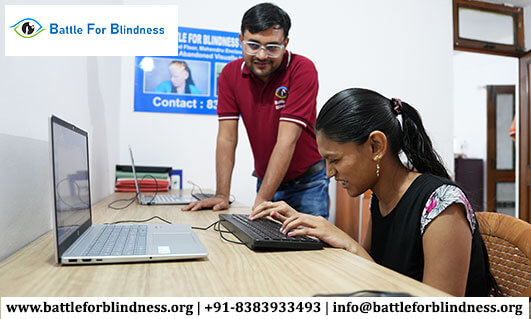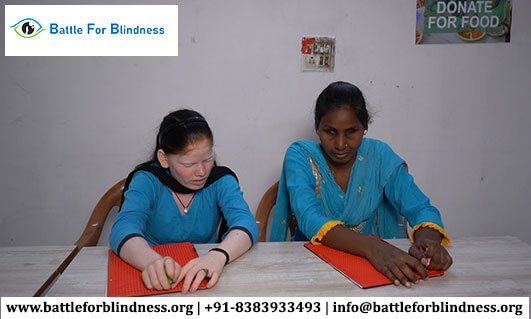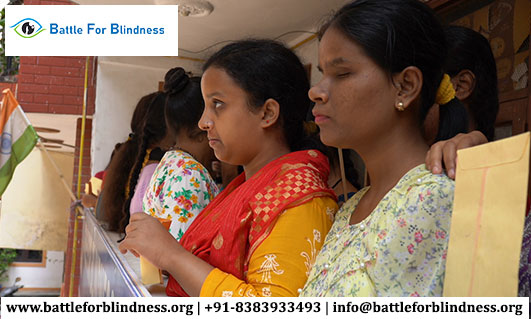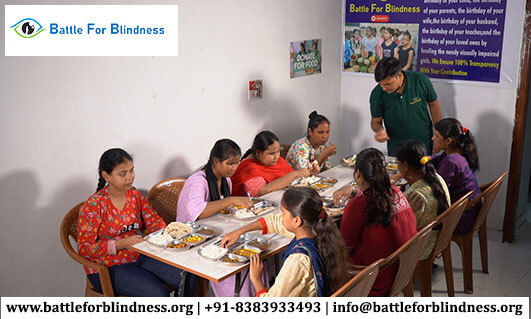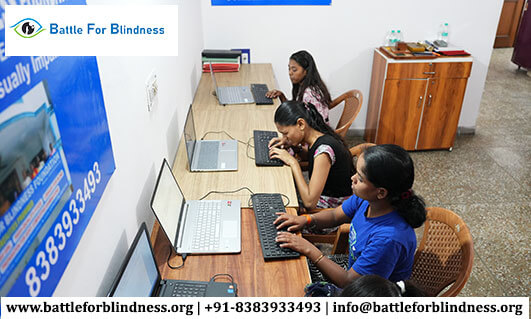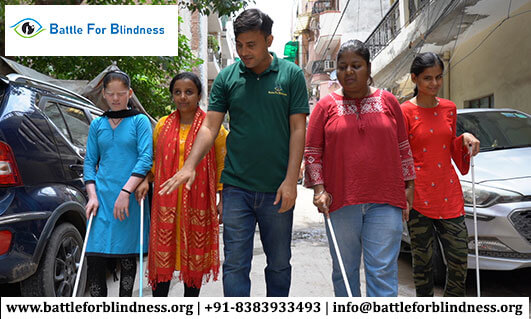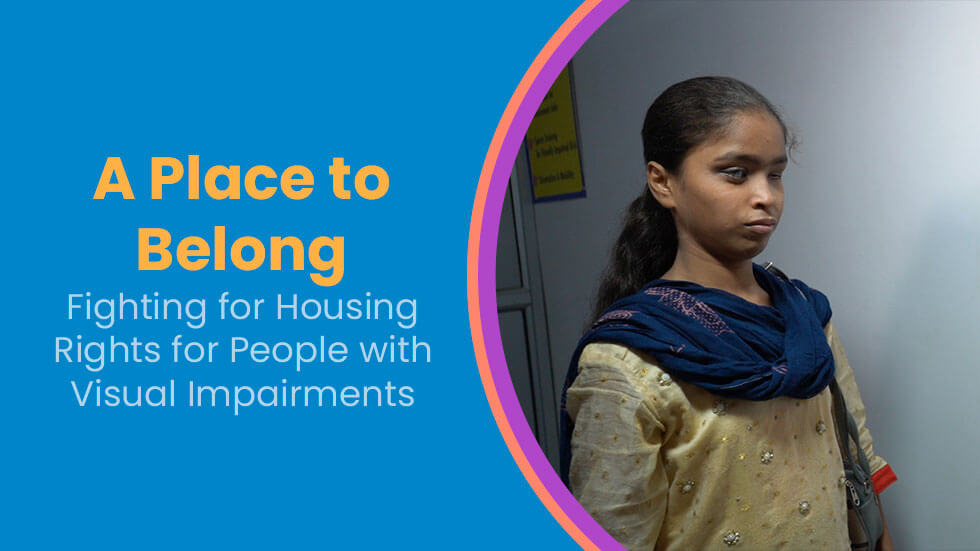
Education is a fundamental right, yet for children with multiple disabilities, such as deaf-blindness, the journey to learning can be fraught with barriers. For deaf-blind children, effective teaching methods must be both innovative and accessible. As educators, parents, and advocates, it’s our responsibility to ensure these children can participate in the learning process with the support they need. In this blog, we explore key approaches to creating an inclusive learning environment for deaf-blind children and the importance of accessible education.
Understanding Deaf-Blindness
Deaf-blindness is a condition that involves both hearing and visual impairments. It can vary in severity, meaning that each child’s needs are unique. Children with this condition may have partial vision and hearing loss or complete blindness and deafness. Understanding these individual differences is crucial when developing effective educational strategies for these children. By identifying specific needs, we can create an accessible learning environment that ensures meaningful educational experiences.
Key Approaches for Educating Deaf-Blind Children
1. Tactile Learning: Bridging Communication Gaps
For deaf-blind children, tactile learning is essential. This approach uses touch as the primary mode of communication. Techniques like tactile signing, where signs are communicated through touch on the child’s hand, or Braille (a tactile writing system for the blind), are critical tools in enabling these children to access education.
Educators can integrate tactile materials such as textured books, models, and objects that the child can feel to learn about different subjects. Tactile symbols and raised letters can help build a bridge to language development and understanding. The use of tactile symbols allows students to associate objects with written or spoken words.
2. Use of Technology: Enhancing Learning Through Innovation
Advancements in assistive technology have revolutionized how we approach education for children with visual and hearing impairments. Tools like screen readers, Braille displays, speech-to-text devices, and video relay services (VRS) enable children with combined sensory impairments to access educational content.
For example, Braille e-books or audio books can help children with deaf-blindness access texts they might otherwise be unable to interact with. Specialized software can also help them learn how to communicate using voice recognition or sign language translation tools, improving both their academic and social experiences.
3. Personalized Teaching Strategies: Tailoring the Learning Process
Each child with deaf-blindness has unique needs, and personalized teaching methods are paramount to their success. Educators should collaborate with families and medical professionals to design individualized learning plans that accommodate each child’s abilities. This can include modifying lesson plans to incorporate tactile, auditory, or other sensory experiences that the child can comprehend.
Frequent assessments are necessary to determine how a child is progressing with specific approaches and whether there are adjustments that can improve their learning outcomes. A tailored approach promotes the child’s independence and maximizes their potential for learning.
4. Multi-Sensory Approaches: Engaging All Senses
Children with deaf-blindness rely heavily on their remaining senses to explore the world. A multi-sensory teaching approach involves engaging not only touch and hearing but also other senses such as smell and taste. For example, in a science lesson, a child might feel the texture of different materials, hear the sounds associated with them, or smell a plant to better understand its characteristics.
Using objects, scents, sounds, and textures in the classroom helps stimulate a child’s senses, enabling them to experience concepts in more dynamic and interactive ways. These experiences create a holistic learning environment that promotes cognitive, sensory, and emotional development.
5. Parent and Caregiver Collaboration: Building a Strong Support System
The role of parents and caregivers cannot be overstated when it comes to the education of deaf-blind children. They provide valuable insight into the child’s sensory preferences and abilities and can work with educators to reinforce learning at home. This partnership ensures continuity in the child’s educational experience and fosters an environment where the child feels secure and supported.
Regular communication between parents, teachers, and specialists helps create a strong, unified approach to meeting the child’s educational needs. Through this collaboration, children with deaf-blindness can experience consistent, targeted, and meaningful learning that supports their growth.
Importance of Early Intervention
Early intervention is critical for children with deaf-blindness. The earlier a child receives support and services tailored to their needs, the more effective the educational outcomes will be. Early educational programs focusing on communication, sensory development, and mobility skills set a strong foundation for later academic success. Intervention strategies may include teaching children how to navigate their environment, communicate their needs, and understand basic concepts through tactile methods.
Promoting Inclusion: A Unified Effort
Inclusion goes beyond physical accessibility; it encompasses creating an environment where deaf-blind children can thrive academically, socially, and emotionally. It’s essential to create a culture of awareness and support within the school community. Peer education and awareness programs can also help raise understanding about the challenges faced by deaf-blind children, fostering an atmosphere of inclusion.
Conclusion: A Path to Accessible Education
Creating accessible learning environments for deaf-blind children requires an integrated approach that combines technology, tactile communication, personalized strategies, and strong family support. It’s crucial to remember that each child is unique, and what works for one may not work for another. By focusing on these adaptive strategies, we can ensure that deaf-blind children have the same educational opportunities as their peers. Ultimately, accessible education is about fostering independence, creativity, and self-expression for children with sensory disabilities.
As we continue to innovate in education, we must advocate for policies and practices that support the inclusion and success of every child, regardless of ability. Together, we can create a future where learning is truly accessible for all.
